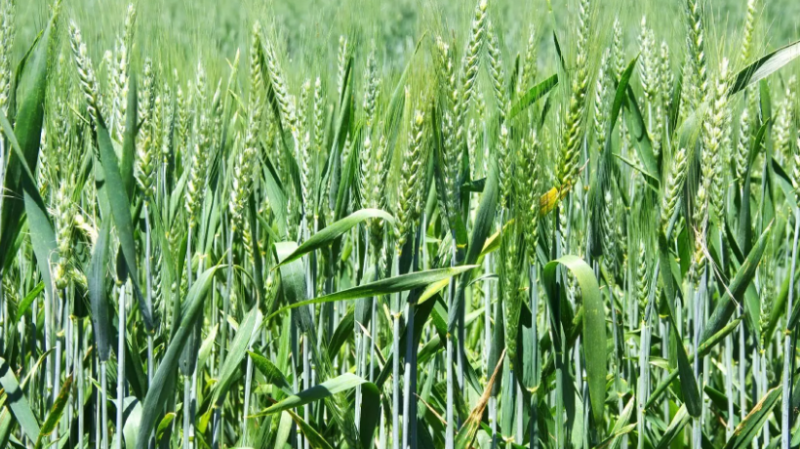



Article by: Hari Yellina
Never mind skyrocketing fertiliser costs or clogged supply chains: of all the factors Australian farmers are examining ahead of the next crop, one stands out above the rest: the likelihood of plentiful rainfall. Growers in Australia “aren’t really holding back on the area” right now, according to Thomas Elder Markets grains analyst Andrew Whitelaw, who said months of heavy rain had boosted soil moisture in the east while Western Australia had also “got a decent load of rain.” The prospect of another wet season has sparked confidence about productivity just as seeding begins, according to Whitelaw.
With exports from the Black Sea, one of the world’s top growing regions, slashed and wheat prices up over 30% since the Friday before Russia’s attack, the world now demands Australian wheat more than ever. Australia has also just finished harvesting a record crop. According to the United States Department of Agriculture, the country will export 27.5 million tonnes of wheat in 2021-22. The agency puts it behind the European Union with 37.5 million tonnes and Russia with 32 million tonnes, however given the sweeping sanctions, there must be doubts about whether Russia would ship anywhere near that amount.
“Rain is the most important input for developing the crop,” Whitelaw explained. He added that farmers were comparing bullish markets against rising input prices, saying, “You don’t have any rain, you don’t have any grain basically.” According to him, most growers would stick to their scheduled rotation cycles, though a few may be enticed to plant more canola to take advantage of the oilseed’s high prices. According to the USDA Foreign Agricultural Service, Australia will harvest its second-largest canola crop in history in 2022-23. Grain demand is expected to continue high around the world. More than a quarter of the world’s annual wheat and barley exports, almost a fifth of its corn cargoes, and the majority of its sunflower oil shipments are all threatened by the conflict in Ukraine.
More problems are on the way for wheat. Drought that is worsening throughout wide swaths of the United States’ growing areas is mostly going unnoticed, according to Whitelaw. “When you look at the conditions of their crop and the drought that they’re dealing with, we’re talking about situations that are worse than 2012 — and 2012 was the era when the crop was in extremely bad shape,” he added, noting that the corn crop was particularly hard hit at the time. “Everyone is focusing on Ukraine and ignoring the United States.” Meanwhile, farmers’ margins around the world are being hammered by record input costs. The growing prices of crop nutrients, seeds, freight, and diesel have raised concerns about the impact on agricultural production at a time when global food costs are rising. “If you start suddenly dropping global yields by 5%, 10% or whatever number it is, even a small percentage, compounded across the whole world, it does start to have fairly significant impacts,” Whitelaw said.